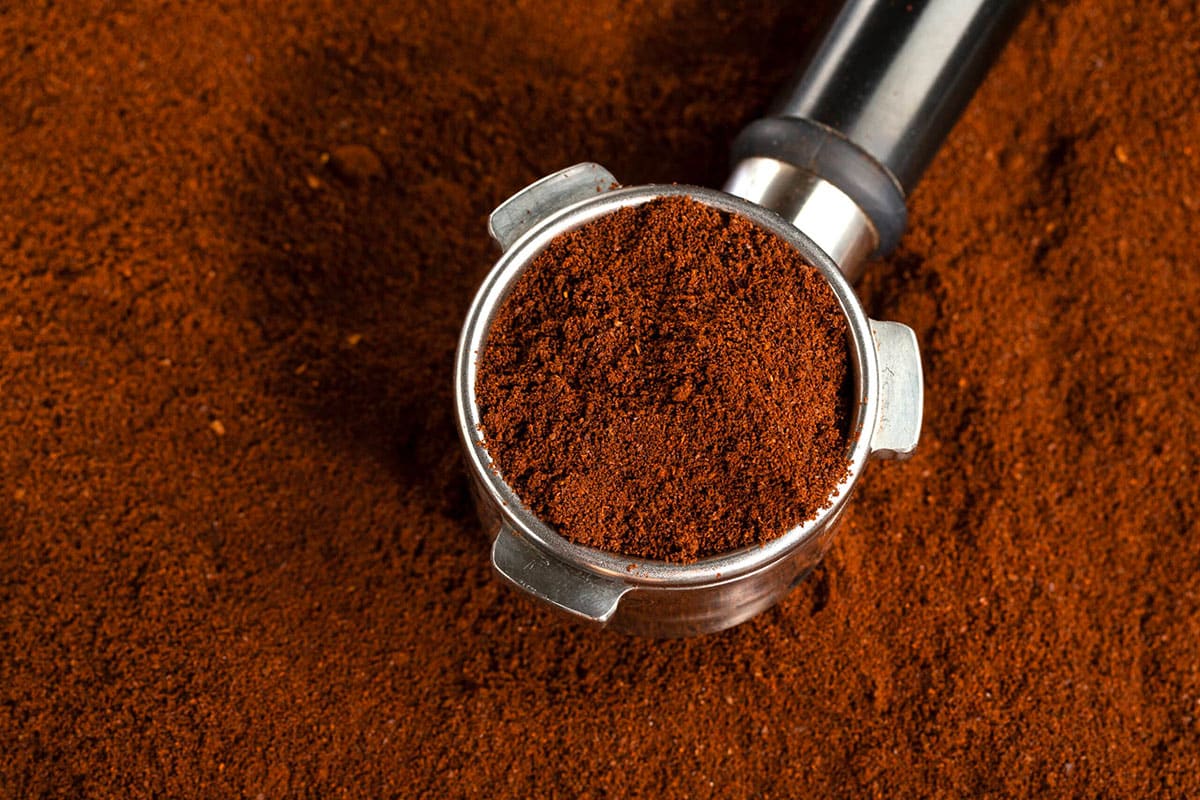In a groundbreaking discovery, scientists have found an innovative way to repurpose coffee grounds, potentially revolutionizing waste management and the construction industry. This remarkable breakthrough not only addresses the pressing issue of organic waste disposal but also offers a sustainable solution for the ever-growing demand for concrete in the global construction market.
What Can You Do With Leftover Coffee Grounds? Scientists Just Found a Genius Solution

Researchers in Australia have uncovered a surprising application for our leftover coffee grounds. By processing and adding charred coffee waste to concrete mixtures, they have managed to create a building material that is 30 percent stronger than conventional concrete. This clever recipe could potentially solve multiple environmental challenges simultaneously.
The world produces an astonishing 10 billion kilograms (22 billion pounds) of coffee waste annually, with most of it ending up in landfills. RMIT University engineer Rajeev Roychand explains, "The disposal of organic waste poses an environmental challenge as it emits large amounts of greenhouse gases including methane and carbon dioxide, which contribute to climate change."
This innovative approach aligns with the concept of a circular economy, transforming waste into valuable resources. By incorporating coffee grounds into concrete production, we can significantly reduce the amount of organic waste in landfills while preserving natural resources like sand.
The pyrolysis process : Turning coffee grounds into biochar
The key to this groundbreaking discovery lies in a process called pyrolysis. Organic products like coffee grounds cannot be added directly to concrete as they release chemicals that weaken the building material's strength. To overcome this challenge, researchers employed a low-energy technique to heat coffee waste to over 350 °C (around 660 °F) while depriving it of oxygen.
This pyrolysis process breaks down the organic molecules, resulting in a porous, carbon-rich charcoal called biochar. The biochar particles can form bonds with and incorporate themselves into the cement matrix, enhancing the concrete's strength and durability.
Interestingly, the research team also experimented with pyrolyzing coffee grounds at 500 °C but found that the resulting biochar particles were not as strong. This discovery highlights the importance of precise temperature control in the pyrolysis process to achieve optimal results.
Environmental impact and future prospects
The potential environmental benefits of this innovation are substantial. By repurposing coffee grounds, we can significantly reduce the amount of organic waste that ends up in landfills. This, in turn, helps mitigate greenhouse gas emissions and their impact on climate change.
Moreover, the construction industry's reliance on natural sand extraction, which has severe environmental consequences, could be reduced. RMIT engineer Jie Li points out, "The ongoing extraction of natural sand around the world – typically taken from river beds and banks – to meet the rapidly growing demands of the construction industry has a big impact on the environment."
This research opens up exciting possibilities for waste management and sustainable construction. The team is now working on creating biochars from other organic waste sources, including :
- Wood waste
- Food waste
- Agricultural waste
These developments could lead to a more sustainable and environmentally friendly future for both waste management and the construction industry.
Challenges and future research
While the initial results are promising, the researchers caution that further testing is needed to assess the long-term durability of their cement product. They are currently working on evaluating how the hybrid coffee-cement performs under various stressors, including :
| Stress Factor | Testing Method |
|---|---|
| Freeze/thaw cycles | Repetitive temperature changes |
| Water absorption | Submersion and moisture exposure |
| Abrasion resistance | Surface wear and tear simulations |
RMIT engineer Shannon Kilmartin-Lynch emphasizes, "Our research is in the early stages, but these exciting findings offer an innovative way to greatly reduce the amount of organic waste that goes to landfill." The team's work is inspired by Indigenous perspectives on Caring for Country, ensuring a sustainable life cycle for all materials and minimizing environmental impact.
As this research progresses, it could potentially lead to groundbreaking discoveries in other areas of environmental science. The innovative approach to repurposing coffee grounds might inspire similar solutions for various types of organic waste, contributing to a more sustainable and circular economy.
With further development and refinement, this technology could revolutionize both waste management and the construction industry. By turning a common waste product into a valuable resource, we may be witnessing the dawn of a new era in sustainable materials science and environmental stewardship.


